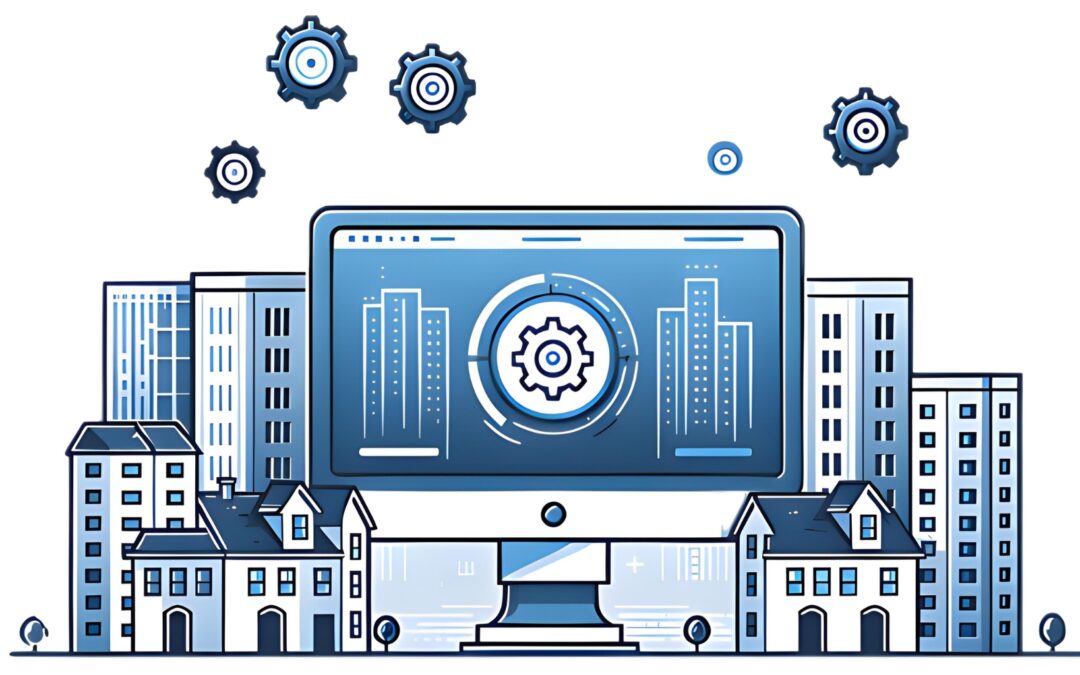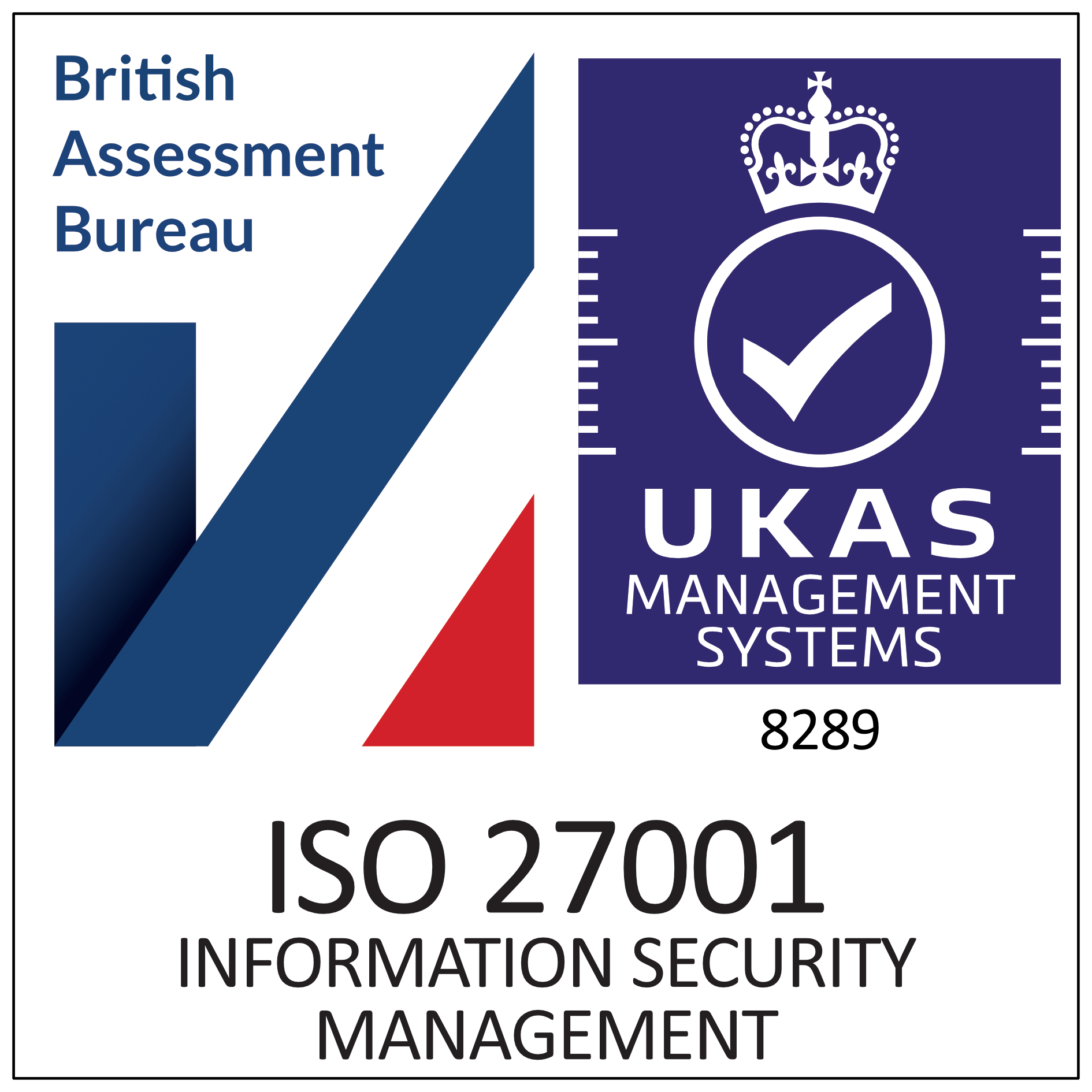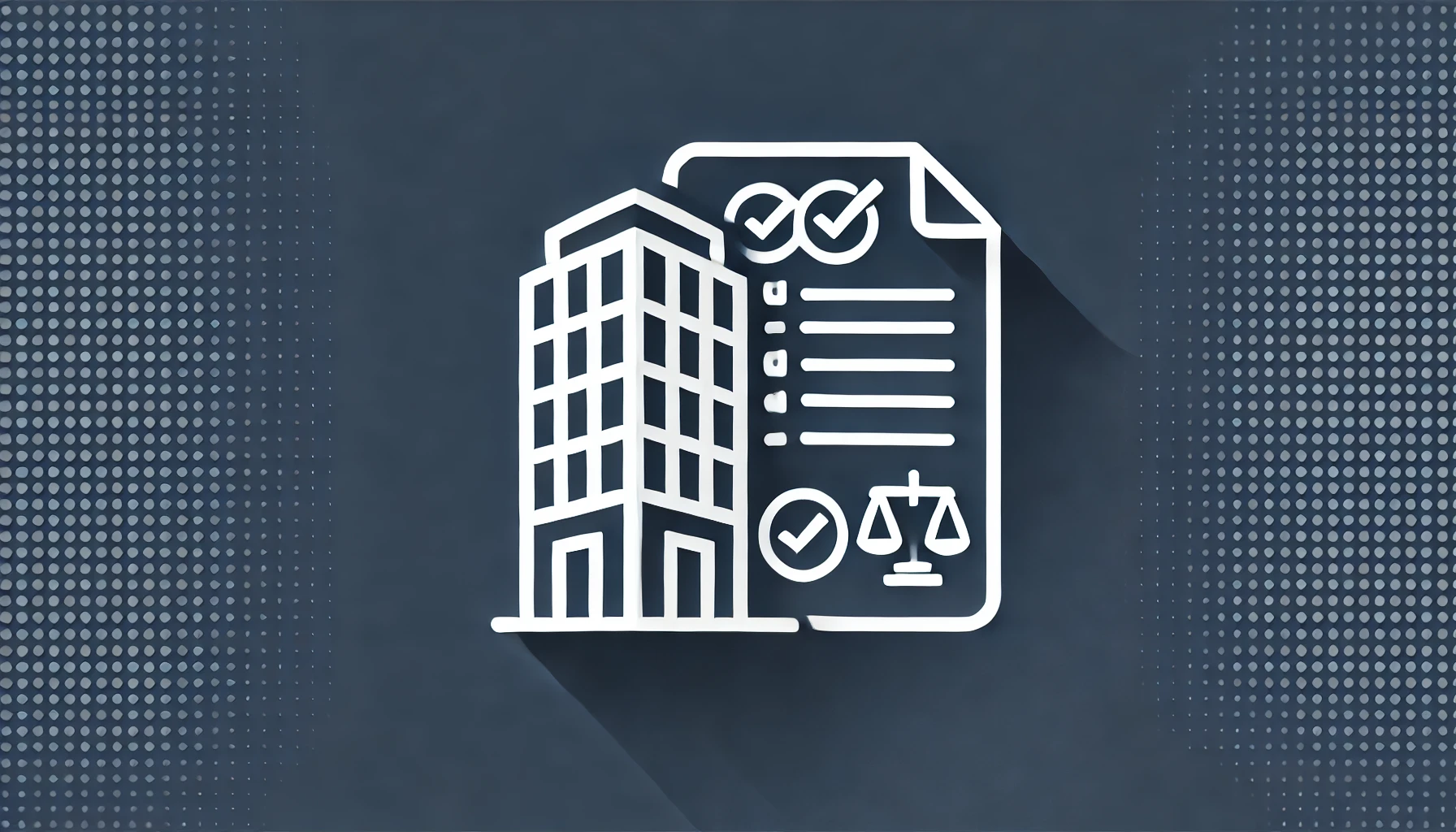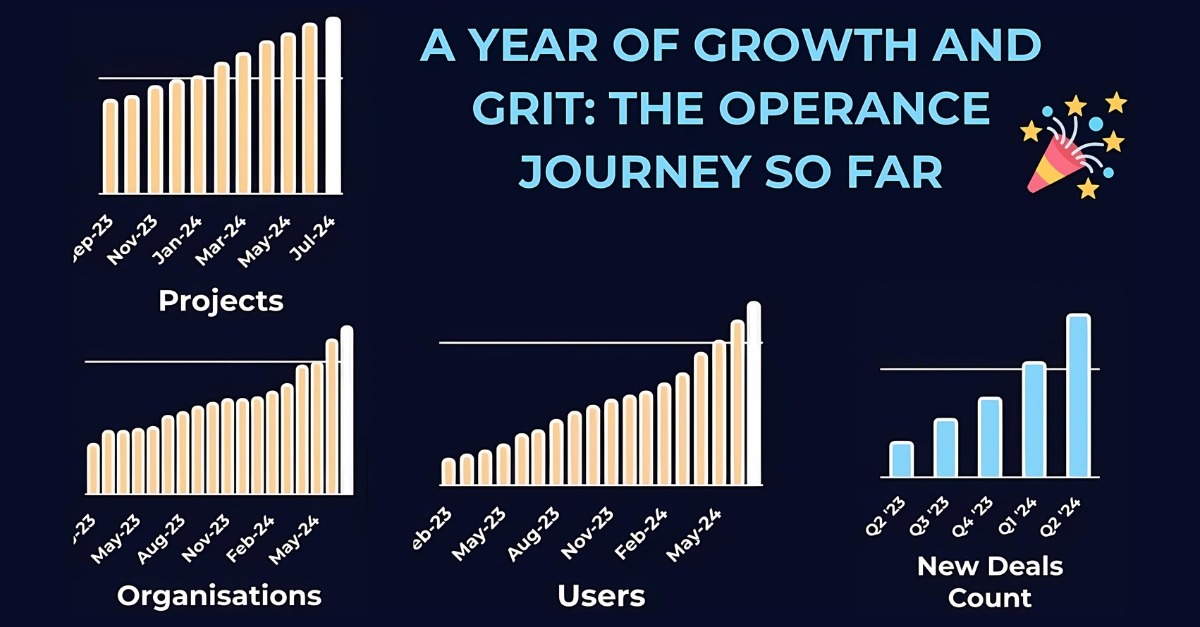The Estate Managers Handbook Ensuring Safety and Efficiency Across Properties

Introduction
Managing an estate of different buildings requires accurate and up-to-date building data. This guide focuses on capturing relevant information and maintaining it throughout the building’s lifecycle. We’ll explore the benefits of a Building Information Modeling (BIM) data structure, asset-level information, and the use of Uniclass classifications. Additionally, we’ll discuss the advantages of a digital platform that enables easy updates and quick access to information, moving away from multiple legacy systems and physical folders to a central software solution.
Capturing Relevant Building Data
Importance of Accurate Data
- Decision Making: Accurate data supports informed decision-making regarding maintenance, upgrades, and compliance.
- Efficiency: Streamlined data management enhances operational efficiency and reduces downtime.
Types of Data to Capture
- Asset Information: Detailed information about each asset, including specifications, maintenance schedules, and warranty details.
- System Information: Data on building systems such as HVAC, electrical, plumbing, and fire safety.
- Usage Data: Information on building occupancy, energy consumption, and usage patterns.
Keeping Data Live Throughout the Building's Lifecycle
Continuous Updates
- Real-time Updates: Implement processes for real-time updates whenever changes or maintenance occur.
- Regular Audits: Conduct regular audits to ensure data accuracy and completeness.
Role of BIM in Live Data Management
- Central Repository: BIM serves as a central repository for all buildingrelated data, ensuring consistency and accessibility.
- Integration: Integrate BIM with other management systems for seamless data flow and updates.
Utilising BIM Data Structure
Overview of BIM
- Definition: Building Information Modeling (BIM) is a digital representation of physical and functional characteristics of a facility.
- Benefits: Enhances collaboration, improves accuracy, and supports lifecycle management.
Implementing BIM
- Data Collection: Gather comprehensive data during the design and construction phases.
- Modeling: Create detailed 3D models that include asset and system information.
- Collaboration: Use BIM to facilitate collaboration among architects, engineers, contractors, and facility managers.
Asset-Level Information and Uniclass Classifications
Asset-Level Information
- Detailing Assets: Document each asset’s specifications, location, and maintenance history.
- Maintenance Schedules: Include detailed maintenance schedules and procedures.
Uniclass Classifications
- Overview: Uniclass is a classification system for organizing construction information.
- Benefits: Provides a standardized approach to categorizing building components and systems.
- Implementation: Classify all building data according to Uniclass for consistency and ease of access
Digital Platforms for Building Information Management
Advantages of a Central Software Solution
- Unified System: Consolidate all building information into one central software solution.
- Accessibility: Ensure information is accessible from anywhere, at any time.
- Efficiency: Reduce time spent searching for information and increase efficiency.
Features to Look For
- Ease of Use: Intuitive interface for easy data entry and retrieval. Integration: Compatibility with BIM and other management systems.
- Search Functionality: Advanced search features to find relevant information quickly.
- Security: Robust security measures to protect sensitive data.
Implementing a Digital Platform
- Data Migration: Transfer existing data from legacy systems and physical records to the new platform.
- Training: Provide comprehensive training for staff to ensure smooth adoption.
- Continuous Improvement: Regularly update and improve the platform based on user feedback and technological advancements.
Overcoming Challenges in Data Management
Current Challenges
- Multiple Legacy Systems: Disparate systems lead to data silos and inefficiencies.
- Physical Records: Lever arch folders and physical documents are difficult to manage and access.
- Inconsistent Updates: Manual updates can be inconsistent and errorprone.
Transition to a Central Digital Solution
- Consolidation: Merge all data into a single, cohesive system. Automation: Automate data updates and maintenance schedules.
- Standardisation: Implement standard data entry practices and classifications (e.g., Uniclass).
Conclusion
Managing an estate of buildings efficiently and safely requires a strategic approach to capturing and maintaining building data. Transitioning from multiple legacy systems and physical records to a centralised digital platform, such as one utilising BIM and Uniclass classifications, can significantly enhance data management.
This ensures real-time updates, quick access to information, and improved decision-making. Follow this guide to create a robust and efficient building information management system that keeps your data live and accurate throughout the building’s lifecycle.
If you need help with centralising your building information in to a new system, Operance can help.
How can Operance help?
If you would like to learn more about how Operance can help you can talk to one of our experts here: https://www.operance.app/talk-to-an-expert/
If you would like to find out more about the pricing of our solutions, you can get a quote here: https://www.operance.app/get-a-quote/




















